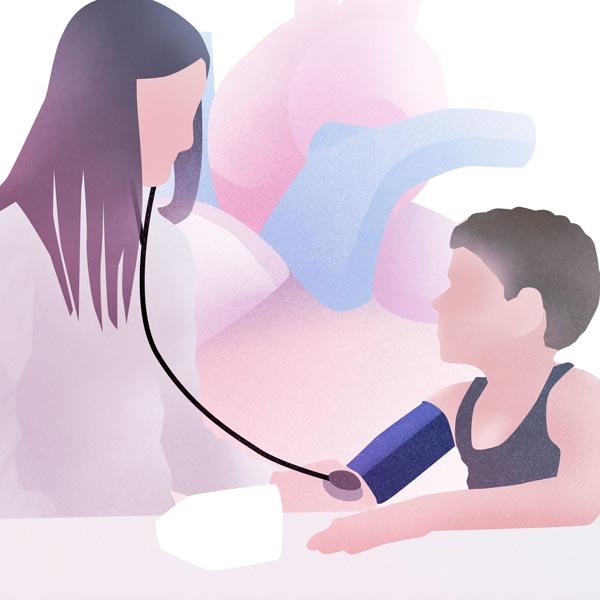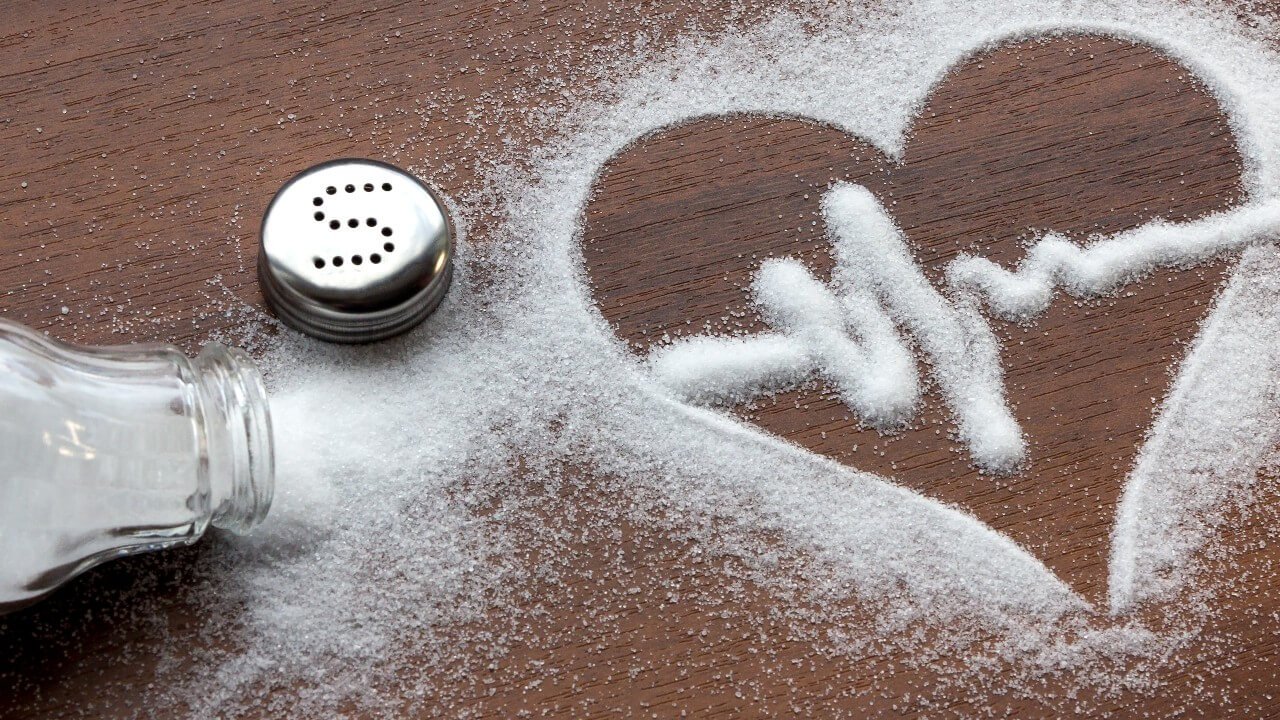
Manejo de urgencias y emergencias hipertensivas en niños
Luís Salazar, Beatriz Teixeira, Laura Garcia Espinosa, Juan Bravo Feito
Luís Salazar1, Beatriz Teixeira1, Laura Garcia Espinosa2, Juan Bravo Feito2
- Servicio de Pediatría, Centro Hospitalar Universitário do Porto, Portugal.
- Servicio de Nefrología Pediátrica, Hospital Universitario La Paz, España.
Resumen
Las crisis hipertensivas son entidades raras, pero con morbilidad y mortalidad considerables, por lo cual exigen un diagnóstico y tratamiento inmediatos. Se dividen en 2 tipos: urgencias hipertensivas, que se caracterizan por una elevación severa y aguda de la presión arterial, sin síntomas o daño orgánico asociados, y emergencias hipertensivas, que se acompañan de daño en órganos diana (riñón, cerebro, ojo o corazón). La clínica es muy variable y depende de múltiples factores: edad, hipertensión previa, etiología o velocidad de instauración. La aproximación inicial tendrá como base el abordaje ABCDE; después, trataremos de filiar la etiología del cuadro clínico; una anamnesis y exploración física más detalladas dirigirán los exámenes complementarios. El tratamiento farmacológico deberá iniciarse con celeridad a fin de prevenir lesión orgánica. Se emplearán fármacos de acción rápida, vida media corta, alta eficacia, alta tolerabilidad, predictibilidad y seguridad. En cuanto a la urgencia, se pretende que el descenso de presión ocurra gradualmente en varios días con el objetivo de tener una PA <P90; se utilizan fármacos por vía oral. Con respecto a la emergencia, el descenso tensional será más rápido, y se usarán antihipertensivos intravenosos con el objetivo de alcanzar una PA alrededor del P95 en 48 h. Reduciremos la presión en un 25 30 % en las primeras 6-8 h, y después hasta el P95 en otras 36 h. El labetalol y el nicardipino son las opciones más utilizadas, pero la elección del fármaco debe ser individualizada en función del paciente, de la disponibilidad del fármaco y de la experiencia del médico/centro.
Palabras clave: hipertensión, crisis hipertensiva, urgencia hipertensiva, emergencia hipertensiva, manejo.
Abstract
Hypertensive crises are rare entities in paediatrics but are associated with high morbidity and mortality rates, thus requiring immediate diagnosis and treatment. They are divided into two types: hypertensive urgency, characterized by a severe, acute rise in blood pressure, without any symptoms or organ damage, and hypertensive emergencies, which are accompanied by target organ injury (kidney, brain, eye or heart). Presentation is variable and depends on multiple factors: age, previous hypertension, aetiology or speed of onset. The initial approach is based on the ABCDE principle. Next, the aetiology of the crisis should be investigated. A more detailed history and physical examination will guide complementary examinations. To prevent organ damage, pharmacological treatment should be initiated as soon as possible. Drugs with a rapid action, short half-life, high efficacy, high tolerability, predictability and safety are preferable. In hypertensive urgencies, the aim is for blood pressure to drop gradually over several days, with the final goal being a blood pressure <P90 – oral drugs may be used. However, in hypertensive emergencies, the blood pressure drop will be faster, and intravenous high blood pressure medication should be used, with the final goal of reaching a blood pressure around P95 in 48 hours: blood pressure should reduce 25-30% in the first 6-8 hours and then to P95 within another 36 hours. Labetalol and nicardipine are the most commonly used drugs, but the decision for the most appropriate medication must be made considering each individual patient, drug availability and physician/centre’s experience.
Keywords: hypertension, hypertensive crisis, hypertensive urgency, hypertensive emergency, management.



